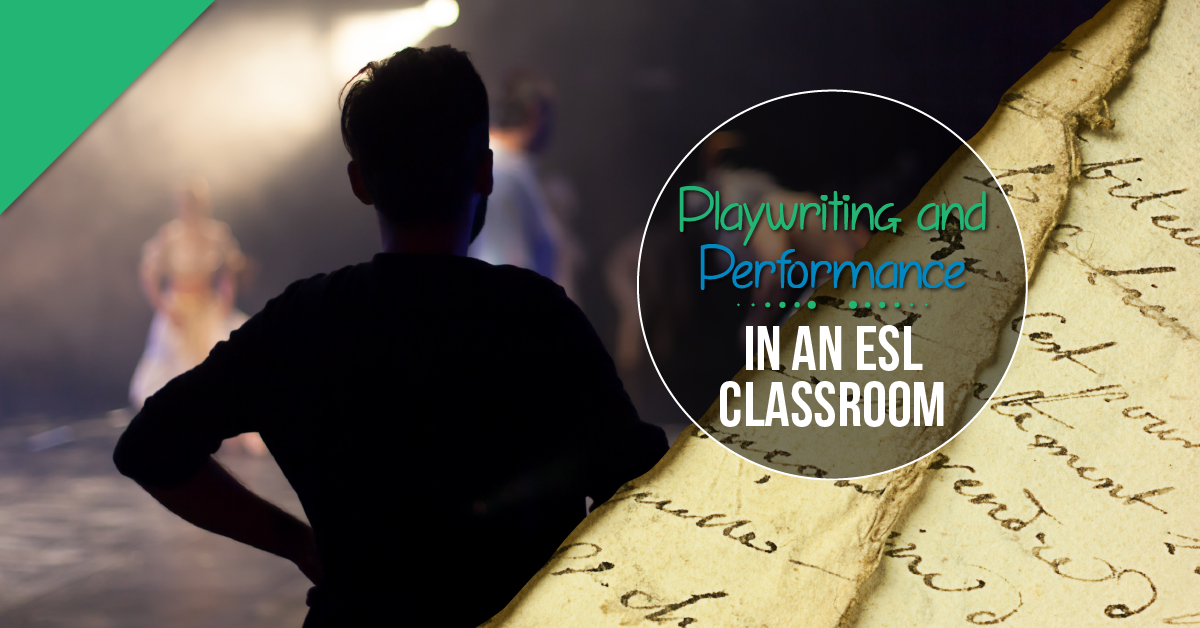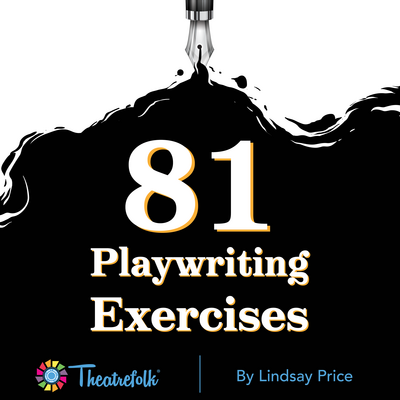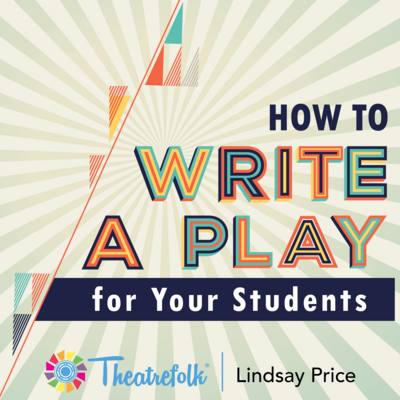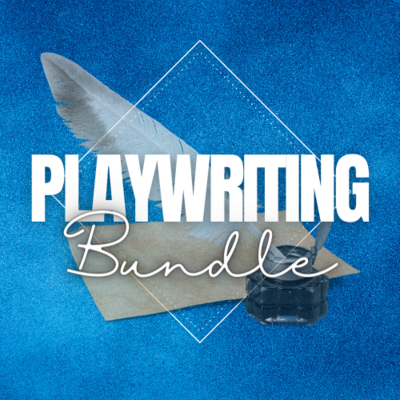Playwriting and Performance in an ESL classroom
Getting students to interact in English is fun, engaging, and inclusive. Short skits are clear winners. This post shares some ways ESL teachers can go to the next level to integrate playwriting and longer performance projects into an ESL classroom setting. Thanks to Treanor Baring, our guest blogger!
What makes these projects work:
- exposure to examples appropriate to fluency levels
- an emphasis on fluency over accuracy
- guidance for students to control their own activities as writers, actors, directors and/or editors
- collaborative and inclusive playwriting
- ongoing support and feedback throughout the process
- self-correction, peer-correction, and teacher-correction are included in the process
You can use drama to reinforce specific content areas for newcomers, like going to the doctor, interacting in the workplace, or saying simple greetings. For younger students in schools, it can be curriculum-driven to address English language proficiency standards. I’m a big believer in cross-curricular writing (see my “chemistry play”), and choosing topics accordingly.
Wait…Can playacting and playwriting really be used across ALL levels? In true beginner classes or more advanced ESL classes? Absolutely!
And what about at all literacy levels? Ok…Working with pre-literacy students may mean adjusting the definition of “playwriting,” but it’s really doable, and really beneficial.
So what actually happens in the classroom?
There are at least two possible frameworks for using drama: PLAYWRITING, where students write and perform their own scripts, and PERFORMING, where students perform already existing scripts.
PLAYWRITING
Students work in groups to write and perform original plays, skits, or scenes.
1. The teacher shows sample videos or YouTube clips of short skits. Students attend a play or watch a movie. You name it. Whatever is accessible, engaging, and relevant.
2. Students work in groups, depending on class size. They choose a topic or plot from a list. (See the PDF Resource Download for topic cards)
3. Students brainstorm ideas. One student acts as a recorder. The group assigns characters. This is NOT when they write the script.
4. The group ad-libs the scene. Then they repeat. And repeat. Then they…Well, you get the idea. For longer plays, have them repeat this process for each scene. This works much better if they aren’t reading lines, but really ad-libbing.
5. The recorder writes down the script and each student memorizes it. At this point, the teacher can encourage each student to contribute additional dialogue.
6. The group performs the script for the class.
7. The skit can be videotaped and watched again.
8. Peer and teacher feedback is given with rules for positive framing given in advance.
9. A “final” script is written.
Notice that the students don’t write dialogue before they ad-lib the scene. The most creative writer in the group may want to write a script for everyone else and the teacher can help them resist this temptation. Having the students act out before they write will facilitate a collaborative process for the scriptwriting.
I taught workplace literacy to advanced adult speakers in the Prince George’s County Refugee Training Program using this technique. We watched videos on workplace situations, like asking for more clarification, or reporting a problem with equipment. Then the students wrote and acted out their own mini-plays. Since these were advanced students, we spent some time after watching the video talking about indirect and polite language. Then the students incorporated that language into the skits and briefly re-performed them.
For elementary students, the teacher can screen a short dramatic clip, like a fairytale scene. Then the students can create a similar scene with the same characters. Switch it up! Snow White resists the apple and tricks the witch into eating it. Or for middle school, assign a scene of celebrity news coverage of Cinderella’s ball scene. Students can include ideas from their own cultures.
In high literacy level high school classes, groups can exchange the scripts to perform. In low-literacy level classrooms, students can repeat and memorize lines without writing them down. Then, if they are filmed, the teacher can provide short written transcripts to used in guided (oral reading) exercises.
PERFORMANCE
Students work on and perform level-appropriate, pre-written scripts.
1. Students watch clips from similar performances.
2. Students read sample scripts and (depending on level) may choose which one to learn and perform. (See the PDF Resource Download for resources and great sites)
3. If students are at more advanced levels, have them assign or choose roles including a student director.
4. Students rehearse.
5. Students perform either live for the class, or recorded.
6. Students watch the recording of their performances, either on their own or as a class. Feedback is given.
This might be a more familiar process for teachers. How is this different from non-ESL drama classes? Not much, but the emphasis is going to be on inclusion, not performance standards.
And what about for classes of students who don’t read in English? Still doable. Instead of a written script, use a video clip and have students learn their parts line by line. In fact, like in the first technique, a written transcript can be used as part of literacy development.
Don’t be afraid to push students beyond their fluency level. With time for rehearsal, feedback and guidance from the teacher, students can learn dialogue surprisingly above their current speaking ability. They can even do Shakespeare!
The biggest hurdle is always going to be finding appropriate scripts—that’s one thing an ESL teacher has in common with a non-ESL drama teacher! Theatrefolk’s lists of 10-minute plays are a great place to start. There are also quite a few free online resources, if you search “free playscripts for ESL.” The bottom line is that more plays need to be specifically written for ESL. If you are an ESL teacher with your own scripts, please share them!
Related Articles
81 Playwriting Exercises
by Lindsay Price
81 exercises that can be used to get students in the habit of writing on a regular basis.
How to Write a Play for your Students
by Lindsay Price
You’ve chosen to write a play for your students! Where do you start?
Resource Bundle - Playwriting
Use these 4 Playwriting drama teaching resources to make playwriting possible with your students. Great for warm-ups, prompts, writer's block and more!






